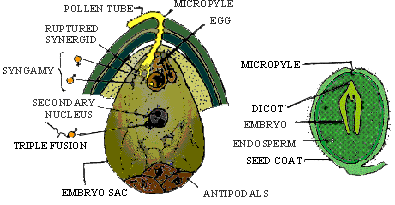Figure 15.18 Cross-section of an anatropous ovule
showing
structure of an 8-celled Female gametophyte
The ovule is stalked, (Fig. 15.18). A single
diploid megaspore mother cell is differentiated in the tissue
of nucellus (mega-sporangium). This divides by meiosis
and produces a linear tetrad of haploid megaspores.
Of these, the upper three degenerate. The basal (chalazal) megaspore
is functional and produces the embryo sac. It contains 8-celled
female gametophyte differentiated into an egg apparatus
at the micropyler end, three antipodal cells at the chalazal
end and two polar nuclel in the center of the embryo sac. The egg
apparatus consists of one egg cell (haploid female gamete)
and two supporting cells called synergids.
Double fertilization (Fig. 15.19A). A number of pollen
grains are deposited on the stigmas during pollination. Each one produces
a pollen tube on germination. The pollen tube passes through
the style, ovary cavity and enters an ovule through the micropyle
(porogamy). The tube contains cytoplasm and two male gametes.
It penetrates the embryo sac through one of the synergids and releases
the two male gametes.
Syngamy : One male gamete enters the egg cell
and fuses with it. This is called syngamy or first fertilization,
resulting in the formation of a diploid zygote from the fertilized
egg. Zygote forms the embryo in the seed.
The two polar nuclei fuse together and form a diploid secondary nucleus.
Triple fusion : The second male gamete fuses with the secondary nucleus (2n) to form a triploid primary endosperm nucleus (PEN). This fusion is called triple fusion or second fertilization. The PEN forms endosperm in the developing seed.
Syngamy and triple fusion together represent the phenomenon
of double fertilization. It is a characteristic of angiosperms
only.
The fruit and seeds: Soon after the double fertilization, the ovule starts developing into a seed. The zygote gives rise to a dicot embryo. The nutritive endosperm develops from the PEN. Thus, it is a triploid and post fertilization tissue. The integuments form the seed coat. A mature seed of Hibiscus rosa-sinensis is dicotyledonous, endospermic and hairy (Fig. 15.19B).

Figure 15.19 (A) An embryo sac and part of ovule
enlarged showing double fertilization.
(B) Structure of a seed